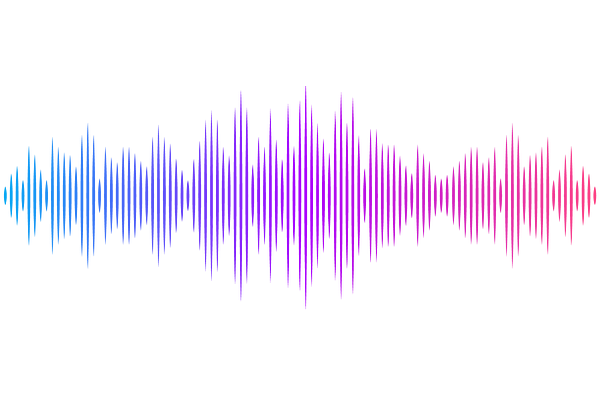Sketching and Streaming for Dictionary Compression

Sketching and Streaming for Dictionary Compression
Ruben Becker, Matteo Canton, Davide Cenzato, Sung-Hwan Kim, Bojana Kodric, Nicola Prezza
AbstractWe initiate the study of sub-linear sketching and streaming techniques for estimating the output size of common dictionary compressors such as Lempel-Ziv '77, the run-length Burrows-Wheeler transform, and grammar compression. To this end, we focus on a measure that has recently gained much attention in the information-theoretic community and which approximates up to a polylogarithmic multiplicative factor the output sizes of those compressors: the normalized substring complexity function $\delta$. As a matter of fact, $\delta$ itself is a very accurate measure of compressibility: it is monotone under concatenation, invariant under reversals and alphabet permutations, sub-additive, and asymptotically tight (in terms of worst-case entropy) for representing strings, up to polylogarithmic factors. We present a data sketch of $O(\epsilon^{-3}\log n + \epsilon^{-1}\log^2 n)$ words that allows computing a multiplicative $(1\pm \epsilon)$-approximation of $\delta$ with high probability, where $n$ is the string length. The sketches of two strings $S_1,S_2$ can be merged in $O(\epsilon^{-1}\log^2 n)$ time to yield the sketch of $\{S_1,S_2\}$, speeding up by orders of magnitude tasks such as the computation of all-pairs \emph{Normalized Compression Distances} (NCD). If random access is available on the input, our sketch can be updated in $O(\epsilon^{-1}\log^2 n)$ time for each character right-extension of the string. This yields a polylogarithmic-space algorithm for approximating $\delta$, improving exponentially over the working space of the state-of-the-art algorithms running in nearly-linear time. Motivated by the fact that random access is not always available on the input data, we then present a streaming algorithm computing our sketch in $O(\sqrt n \cdot \log n)$ working space and $O(\epsilon^{-1}\log^2 n)$ worst-case delay per character.